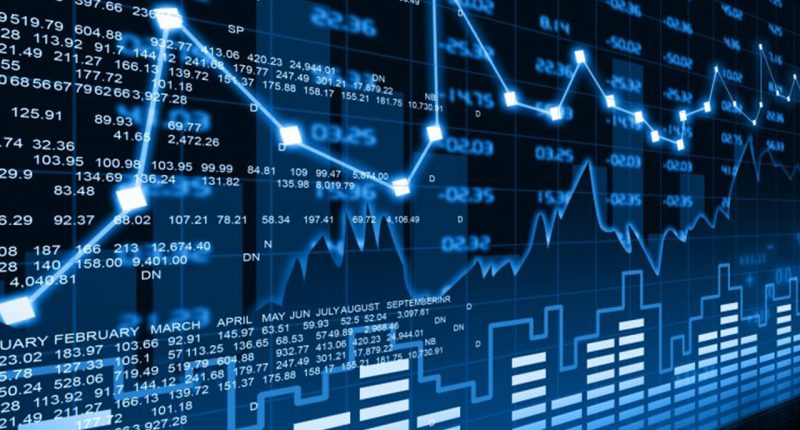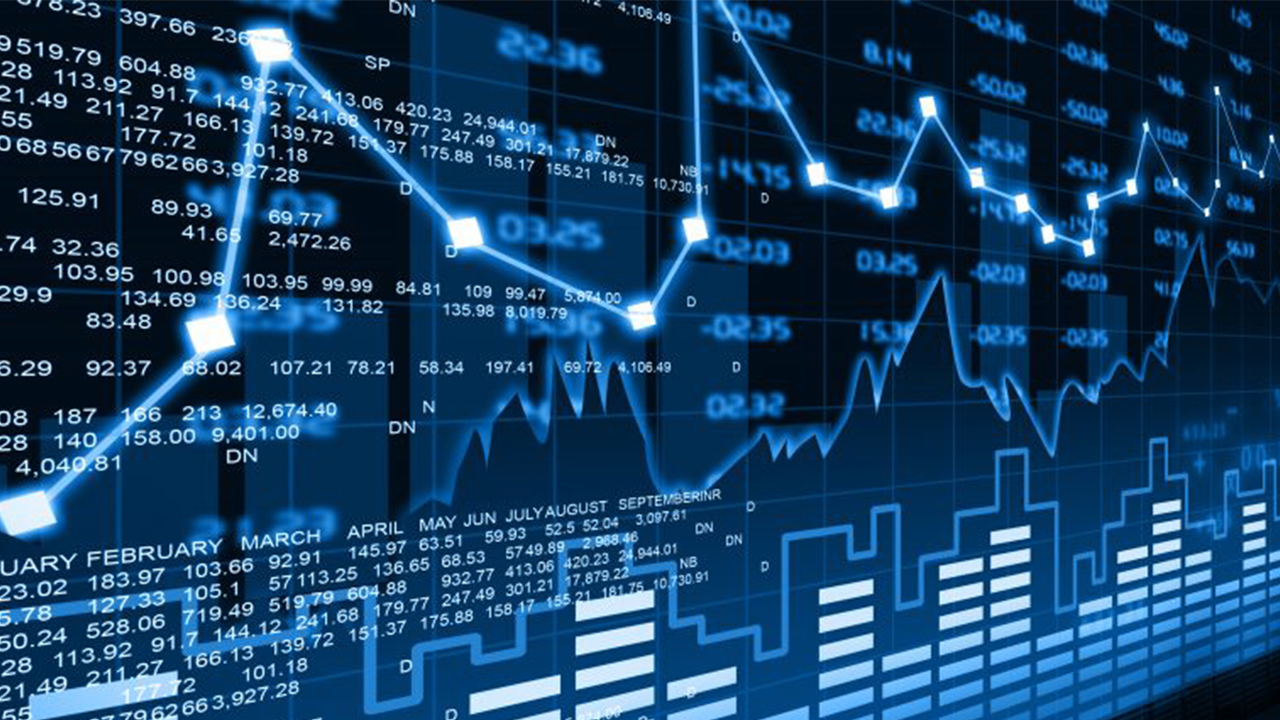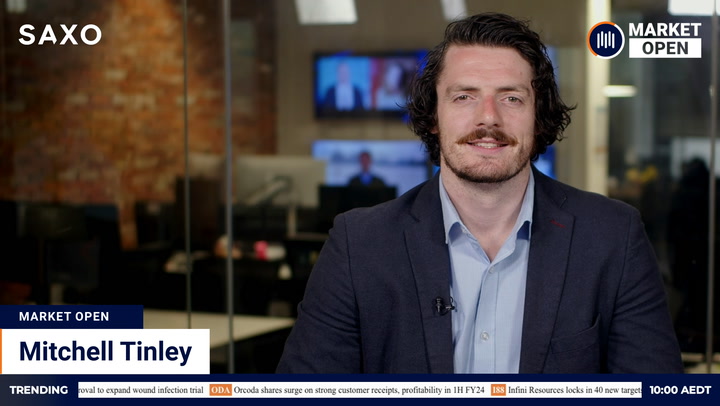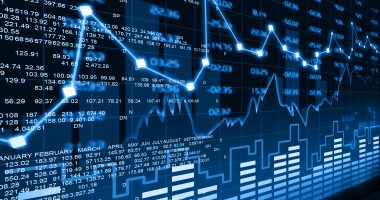The last session of the financial year looked set for a positive start following fresh highs in the US and a decline in the dollar.
ASX futures rallied 33 points or 0.46 per cent, signalling a possible break in the domestic market’s gentle downtrend since the Sydney Covid-19 cluster exploded.
The S&P/ASX 200 eased six points or less than 0.1 per cent yesterday as Brisbane and Perth joined Sydney and Darwin in lockdown.
Overnight, US stocks advanced but mostly finished off sessions highs. A firming greenback weighed on iron ore and metals. Oil steadied. The Australian dollar retreated towards 75 US cents.
Wall Street
Records continued to fall in the US, fuelled by improving consumer confidence and home prices.
The S&P 500 secured a fourth straight record close with a rise of a point or 0.03 per cent to 4,292. The index hit an intraday high of 4300.7 before easing.
The Nasdaq Composite also finished at a fresh high, rising 28 points or 0.19 per cent. The Dow Jones Industrial Average added nine points or 0.03 per cent after being up more than 100 points.
House-builders surged on news property prices rose at a record pace in April. The S&P CoreLogic Case-Shiller National House Price Index recorded an annual gain of 14.6 per cent. Prices rose in all 20 cities covered by the survey.
“April’s performance was truly extraordinary. The 14.6% gain in the National Composite is literally the highest reading in more than 30 years of S&P CoreLogic Case-Shiller data,” Craig Lazzara, global head of index investment strategy at S&P Dow Jones Indices, said.
Consumer confidence touched its highest level since the start of the pandemic. The Conference Board’s confidence index rose from 120 in May to 127.3 this month, the strongest reading since February 2020.
“Consumers have plenty to be cheerful about after being cooped up at home for more than a year,” Oren Klachkin, lead US economist at Oxford Economics, told Reuters. “Looking ahead, low COVID infections, rebounding employment, and elevated savings will buoy confidence and push consumers to spend at a breakneck pace over the summer.”
Stocks struggled to retain early gains despite the double dose of upbeat data. Market analysts have commented on a lack of breadth in recent sessions, often an early warning sign of a loss of momentum.
“I think people are in a little bit of a wait-and-see mode, so it’s not surprising to see volatility decline and breadth worsen a tad,” Bill McMahon, chief investment officer for active equity strategies at Charles Schwab Investment Management, told CNBC.
Australian outlook
The last day of the financial year may prove a temporary circuit-breaker in the current Covid negative feedback loop. Today gives institutional traders a last chance to polish their portfolios before reporting to investors, triggering a brief sugar hit from strategic buying. The higher stocks go today, the better those all-important end-of-year reports look.
The S&P/ASX 200 has been stuck in a short-term downtrend since the scale of the Sydney coronavirus breakout became apparent. Any distraction from creeping lockdowns and the drip-feed of dour case numbers will be welcome.
Exporters should get a boost from a weaker dollar. The Aussie declined 0.74 per cent overnight to 75.12 US cents. The flipside is a hit to importers, as well as broadly lower commodity prices.
Technology was the only US sector to record an advance of any scale, rising 0.7 per cent. The consumer discretionary sector inched up 0.23 per cent. Healthcare added 0.07 per cent. Financials declined 0.33 per cent. Materials dipped 0.04 per cent.
The day ahead brings domestic private sector credit data (11.30 am AEST) and manufacturing and services PMIs from China (11 am).
A scheduled speech by Reserve Bank Governor Philip Lowe was cancelled due to Covid restrictions. Three IPOs scheduled for today have all been pushed back into next month.
Commodities
A strengthening US dollar weighed on copper, precious metals and iron ore. (A stronger dollar depresses demand by making dollar-denominated commodities more expensive for holders of other currencies.)
“The market is in a wait and see approach and is lacking a major driver so the currency is leading metals trading,” Gianclaudio Torlizzi, a partner at consultancy T-Commodity, told Reuters.
The spot price for iron ore landed in China slid US$5.95 or 2.7 per cent to US$214.10 a tonne. BHP’s US-listed stock inched up 0.01 per cent after its UK-listed stock added 0.37 per cent. Rio Tinto gained 0.18 per cent in the US and 0.43 per cent in the UK.
Benchmark copper on the London Metal Exchange fell 0.5 per cent to US$9,312.25 a tonne. Aluminium bounced 2.7 per cent, nickel 0.4 per cent, lead 3.8 per cent, zinc 2 per cent and tin 0.7 per cent.
Gold dropped to its lowest level since mid-April. Metal for August delivery settled $17.10 or 1 per cent weaker at US$1,763.60 an ounce after earlier falling as low as US$1,750.10. The NYSE Arca Gold Bugs Index shed 0.79 per cent.
Oil steadied ahead of tomorrow night’s OPEC+ meeting, which is expected to discuss possible production increases. Brent crude settled eight cents or 0.1 per cent higher at US$74.76 a barrel.







